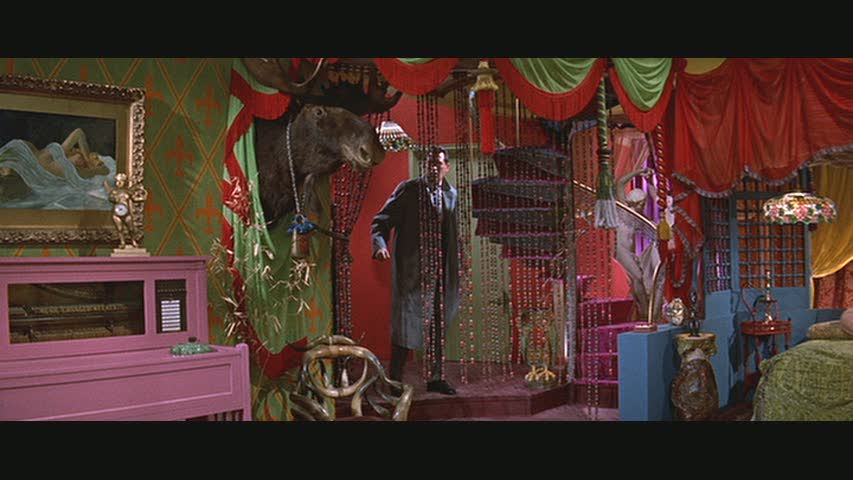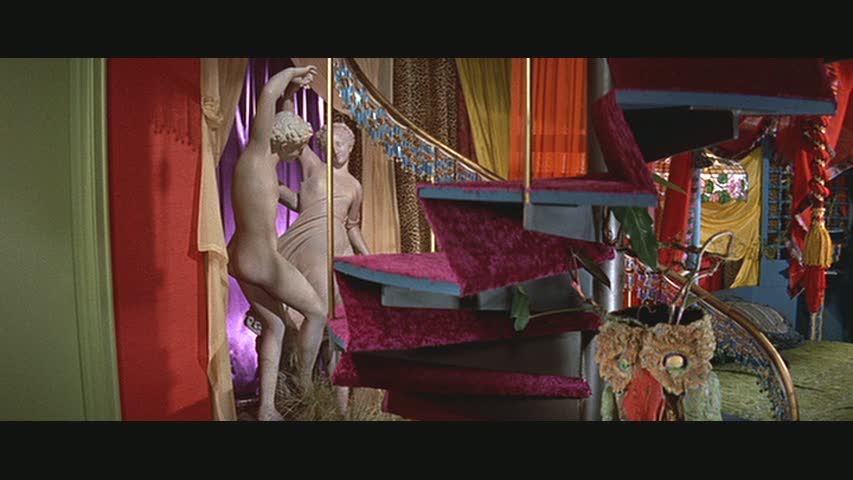
Today in my Sustainability class, we talked about values and norms and how the relate to our society in terms of sustainability. My professor was discussing how it is now the norm to see green recycling bins on the curb every week how it's frowned upon to not recycle. But the question becomes, where does all of our recycling go? When you recycle your electronics, such as computers and cell phones, where are they sent to and how are they broken down? There was an interesting 60 Minutes segment in 2008 which gave a possible a answer. According to Scott Pelley, the answer is China. Pelley's segment stated that we throw out 1,300 computers every day and throw out over 100 million cell phones every year. Electronic contain numerous toxic chemicals, like lead chromium, mercury, cadmium, and polyvinyl chlorides, which can cause not only kidney cancer, but significant brain damage. With our electronics, we are essentially poisoning others. In the town of Guiyu, families melt down electronics for gold. They also melt down plastics, which, according to the report, "Chlorinated and brominated plastics is known worldwide to cause the emission of polychlorinated and polybrominated dioxins". So essentially when we recycle, are we actually doing that act? Does this mean I will get rid of my iPhone or laptop computer? No. What it means though is that when recycling electronic items, be sure to do a little research to see where the recycled items actually go.
In the design world, we are all about creating spaces that are essentially, "bigger, better, faster, stronger". Technology is a key component in our civilization. How does this affect designers? With the constant change in technology, designers must get rid of the old. Make sure that you urge your clients to recycle responsibly as well as suggest maybe just making adjustments to their old systems, such as adding hardware to make it run faster, add memory, etc. (unless they are old, then recommend that they dispose of them properly and ethically). Albert Einstein one stated that, "
It has become appallingly obvious that our technology has exceeded our humanity"...let's just hope that it doesn't end our humanity.
To see the 60 Minutes segment, "Electronic Wasteland", visit:http://www.cbsnews.com/video/watch/?id=4586903n
To read the segment, visit:http://www.cbsnews.com/stories/2008/11/06/60minutes/main4579229_page4.shtml?tag=contentMain;contentBody
To read a rebuttal about the segment, visit:http://retroworks.blogspot.com/2010/07/60-minutes-wastelands-missing-minutes_17.html






